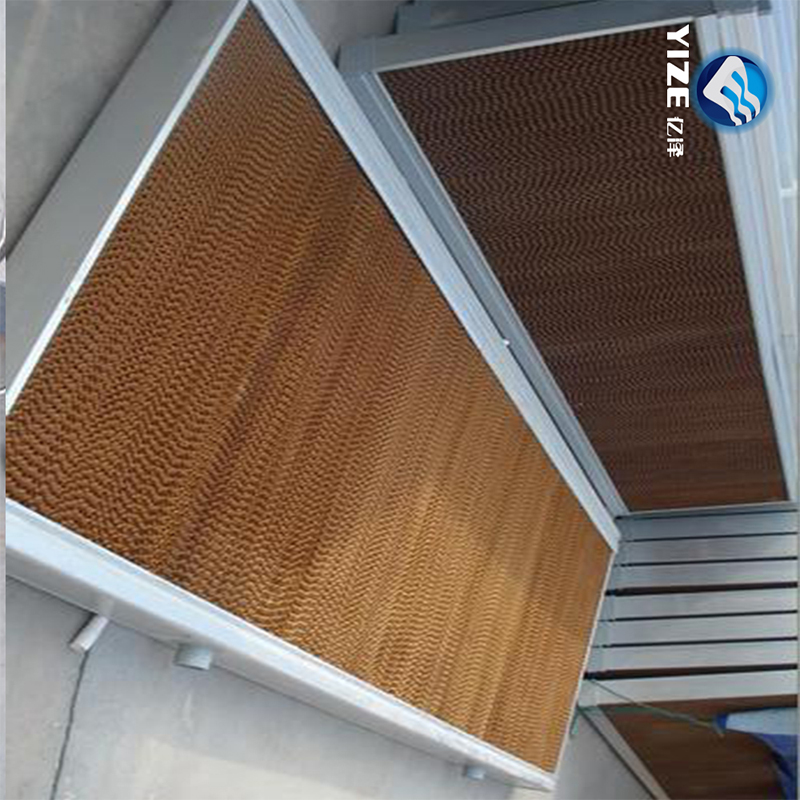fish feed extruder machine
Dec . 25, 2024 20:48 Back to list
fish feed extruder machine
Understanding the Fish Feed Extruder Machine A Revolution in Aquaculture
In the modern age of aquaculture, the demand for high-quality fish feed is continuously on the rise. As fish farming becomes a vital source of protein and income worldwide, the technology behind producing fish feed is evolving rapidly. One of the significant advancements in this field is the fish feed extruder machine, which enhances the efficiency and quality of fish feed production, catering to the growing needs of aquaculture.
The fish feed extruder machine is a specialized device designed to produce pelletized feed for fish and other aquatic animals. This machine uses various materials, such as fish meal, plant proteins, grains, vitamins, and minerals, to create a balanced diet that supports optimal growth and health in fish. The extruder functions through a process known as extrusion, which combines heat, moisture, and pressure to convert raw ingredients into a digestible, uniform product.
One of the primary benefits of using a fish feed extruder machine is the ability to customize the feed based on the specific needs of different fish species. Fish have varying nutritional requirements, and the extruder allows producers to create specialized feeds that meet these unique demands. For instance, feeds can be tailored for carnivorous, herbivorous, and omnivorous fish, ensuring that each species receives the right nutrients for growth and reproduction.
The extrusion process also enhances the digestibility of fish feed. By applying heat during the extrusion process, anti-nutritional factors present in raw ingredients are neutralized, leading to improved nutrient absorption. This means that fish farmers can use less feed while achieving better growth rates, which ultimately results in cost savings and increased profitability.
fish feed extruder machine

Moreover, the use of a fish feed extruder machine contributes to the sustainability of aquaculture. The ability to formulate high-quality feeds from alternative ingredients, such as agricultural by-products and insects, helps reduce reliance on traditional fish meal sources, which can negatively impact marine ecosystems. This shift towards more sustainable feeding practices not only supports fish health but also promotes responsible fish farming practices.
The versatility of fish feed extruder machines is another significant advantage. These machines can produce various pellet sizes, ranging from fine powders for fry to larger pellets for adult fish. This adaptability is crucial for fish farmers, as it allows them to cater to the different life stages of fish, ensuring optimal nutrition at every growth phase.
In addition to the physical benefits of using fish feed extruder machines, there is also a notable reduction in environmental impact. The controlled processing environment minimizes waste and maximizes raw material utilization. Furthermore, the production of extruded feeds often results in less leaching of nutrients into the water, which can help maintain water quality in aquaculture systems.
As the global aquaculture industry continues to expand, the importance of efficient and high-quality fish feed production cannot be overstated. Fish feed extruder machines play a pivotal role in meeting this demand by offering innovative solutions that enhance feed quality, improve growth rates, and promote sustainable practices.
In conclusion, the fish feed extruder machine is a cornerstone of modern aquaculture, allowing fish farmers to produce high-quality, nutritious feed tailored to the needs of diverse fish species. By improving feed efficiency, promoting sustainability, and reducing environmental impact, this technology is revolutionizing the way fish feed is produced and consumed. As the aquaculture industry progresses, embracing advancements like the fish feed extruder will be crucial for meeting the ever-growing demand for seafood while preserving our natural resources for future generations.
-
Hot Sale 24 & 18 Door Rabbit Cages - Premium Breeding Solutions
NewsJul.25,2025
-
Automatic Feeding Line System Pan Feeder Nipple Drinker - Anping County Yize Metal Products Co., Ltd.
NewsJul.21,2025
-
Automatic Feeding Line System Pan Feeder Nipple Drinker - Anping County Yize Metal Products Co., Ltd.
NewsJul.21,2025
-
Automatic Feeding Line System - Anping Yize | Precision & Nipple
NewsJul.21,2025
-
Automatic Feeding Line System - Anping Yize | Precision & Nipple
NewsJul.21,2025
-
Automatic Feeding Line System-Anping County Yize Metal Products Co., Ltd.|Efficient Feed Distribution&Customized Animal Farming Solutions
NewsJul.21,2025






